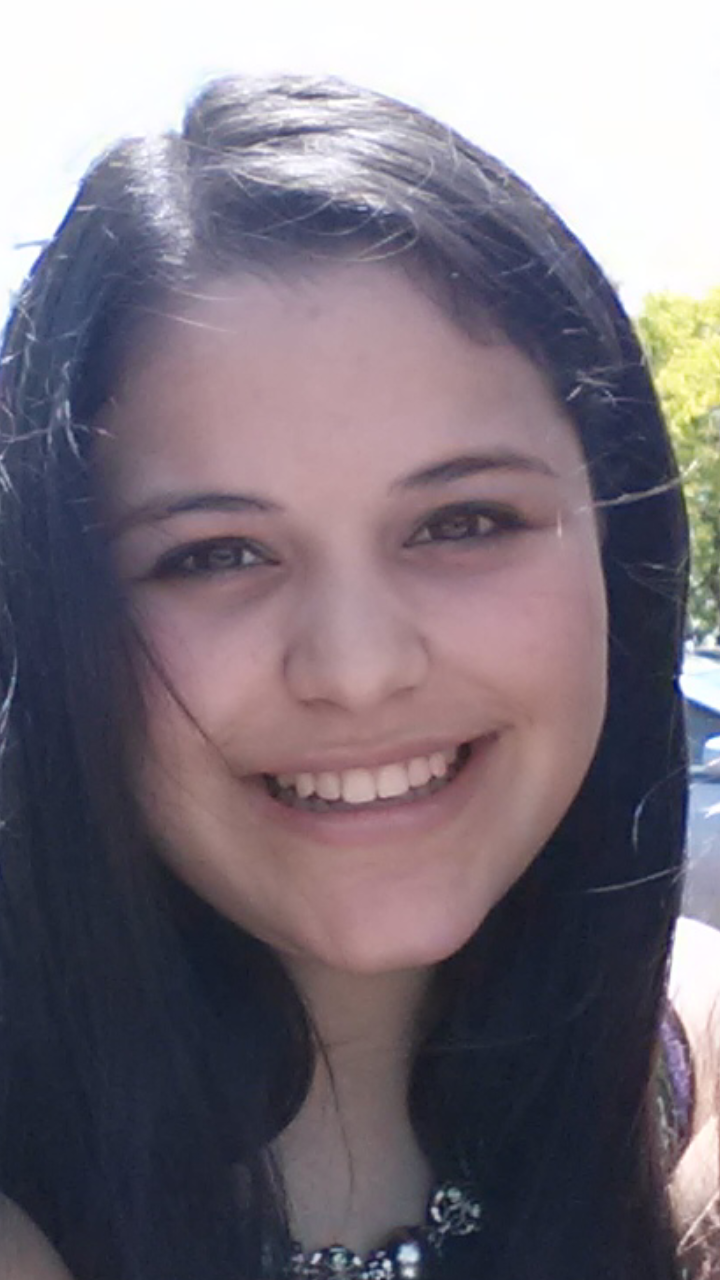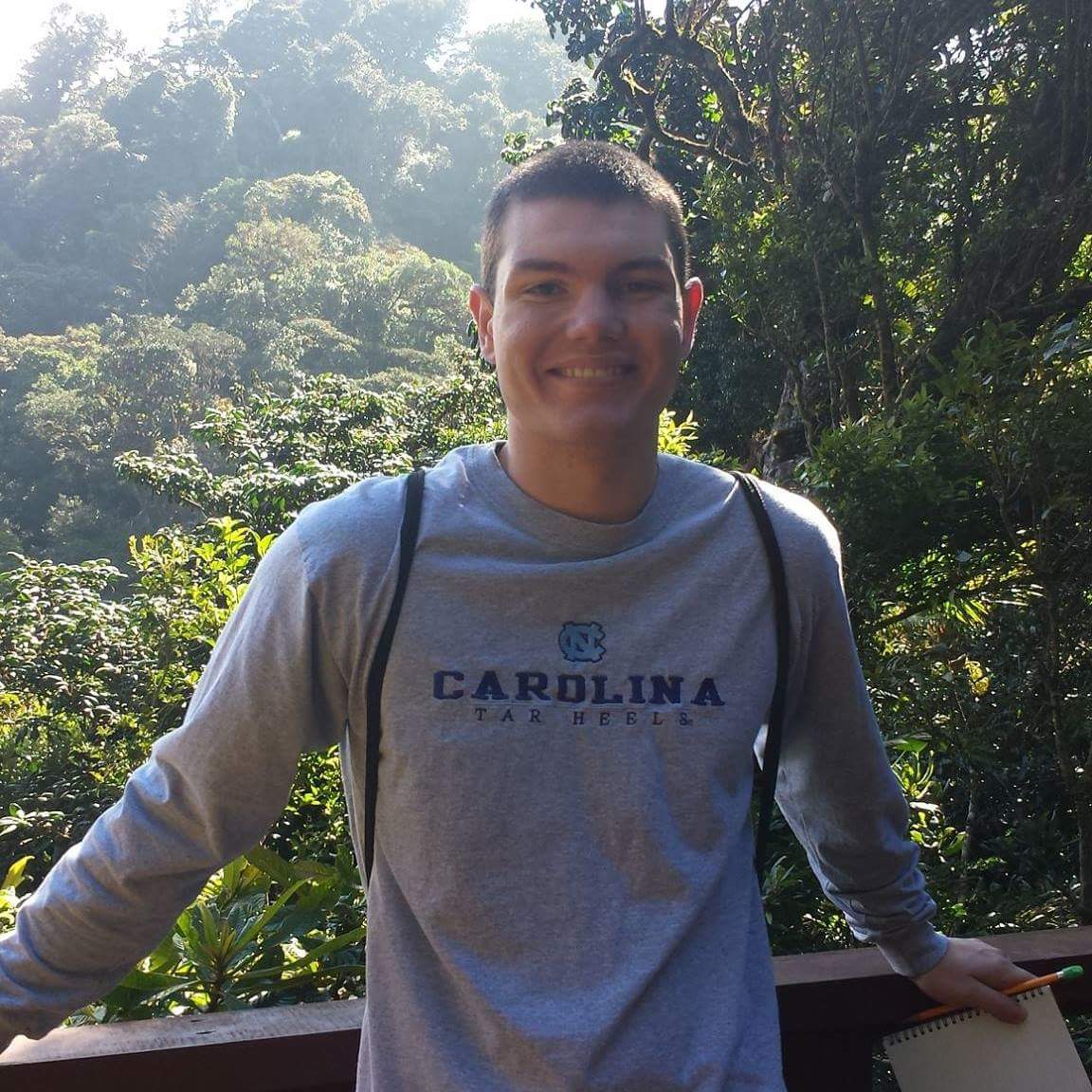Celebration of Scholars
Genetic Engineering of a Lead Biosensor
 Name:
Janet Haro
Name:
Janet Haro
Major: Chemistry
Hometown: Mundelein, IL
Faculty Sponsor:
Other Sponsors:
Type of research: SURE
Funding: SURE
 Name:
Perrin Schupbach
Name:
Perrin Schupbach
Major: Biology
Hometown: Algonquin, IL
Faculty Sponsor:
Other Sponsors:
Type of research: SURE
Funding: SURE
Abstract
Exposure to lead (II) ions can cause damage to the brain and
central nervous system and is associated with a number of intellectual and
behavioral disorders. It can lead to oxygen depletion and is especially
harmful to children. While regulations
limit acceptable lead levels in toys, enforcement of these laws is poor,
especially overseas. Furthermore,
current detection technology for home use is expensive and unreliable. Therefore, the goal of this project is to
create a more practical, inexpensive, and reliable method to detect lead in
toys using a biosensor. To construct
this biosensor, we need to engineer two DNA plasmids and insert them into
Escherichia coli (E. coli) cells. The
first plasmid encodes a lead-sensitive transcriptional activator (PbR). The second plasmid contains the reporter gene
(amilCP), which will produce a blue protein when activated by PbR. Thus, a blue color in the bacteria will
signal that lead is present. This summer, we worked to engineer the reporter
construct. Currently we are adjusting our
procedures as well as testing different methods to improve results. This work
is ongoing, and will hopefully soon result in the creation of a functioning
biosensor. The ultimate goal of this
project is to create a reliable lead biosensor that can easily be used in a
household setting.
Submit date: March 14, 2016, 12:39 p.m.
